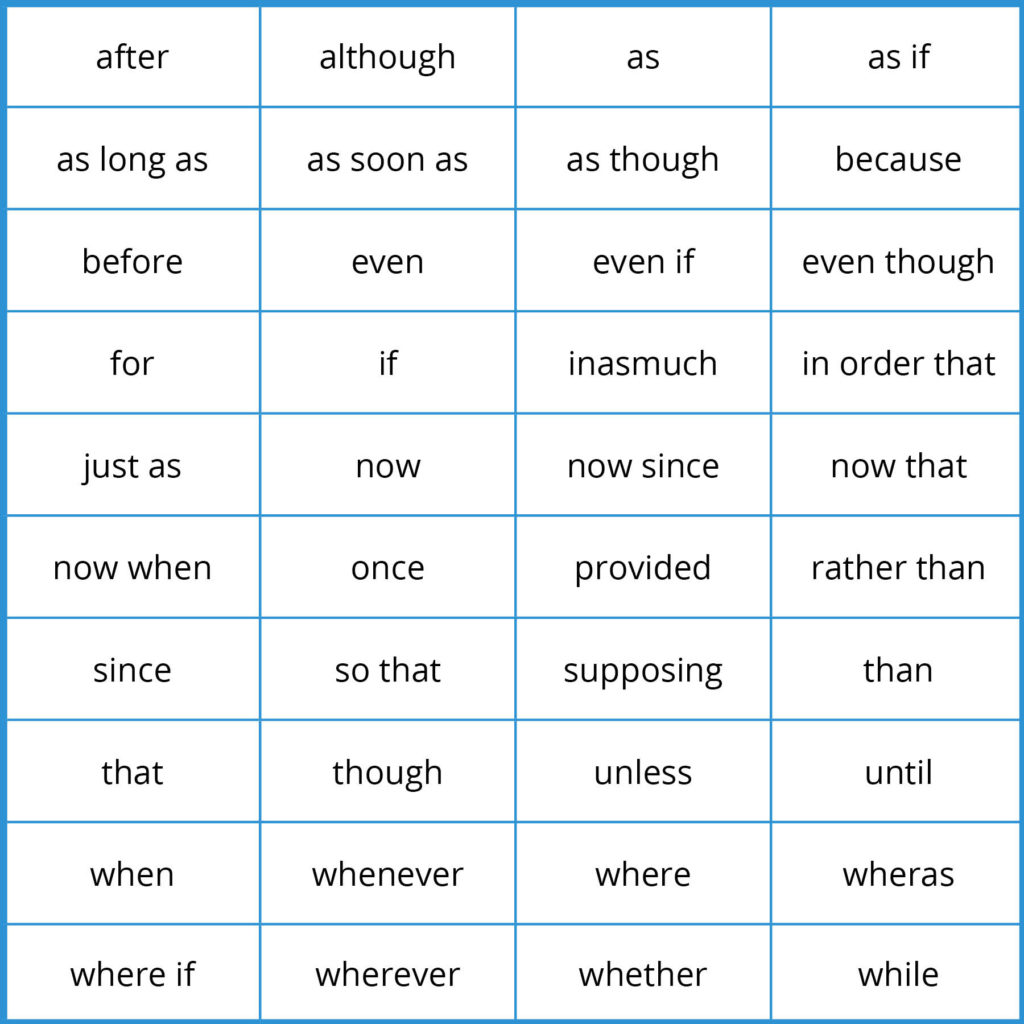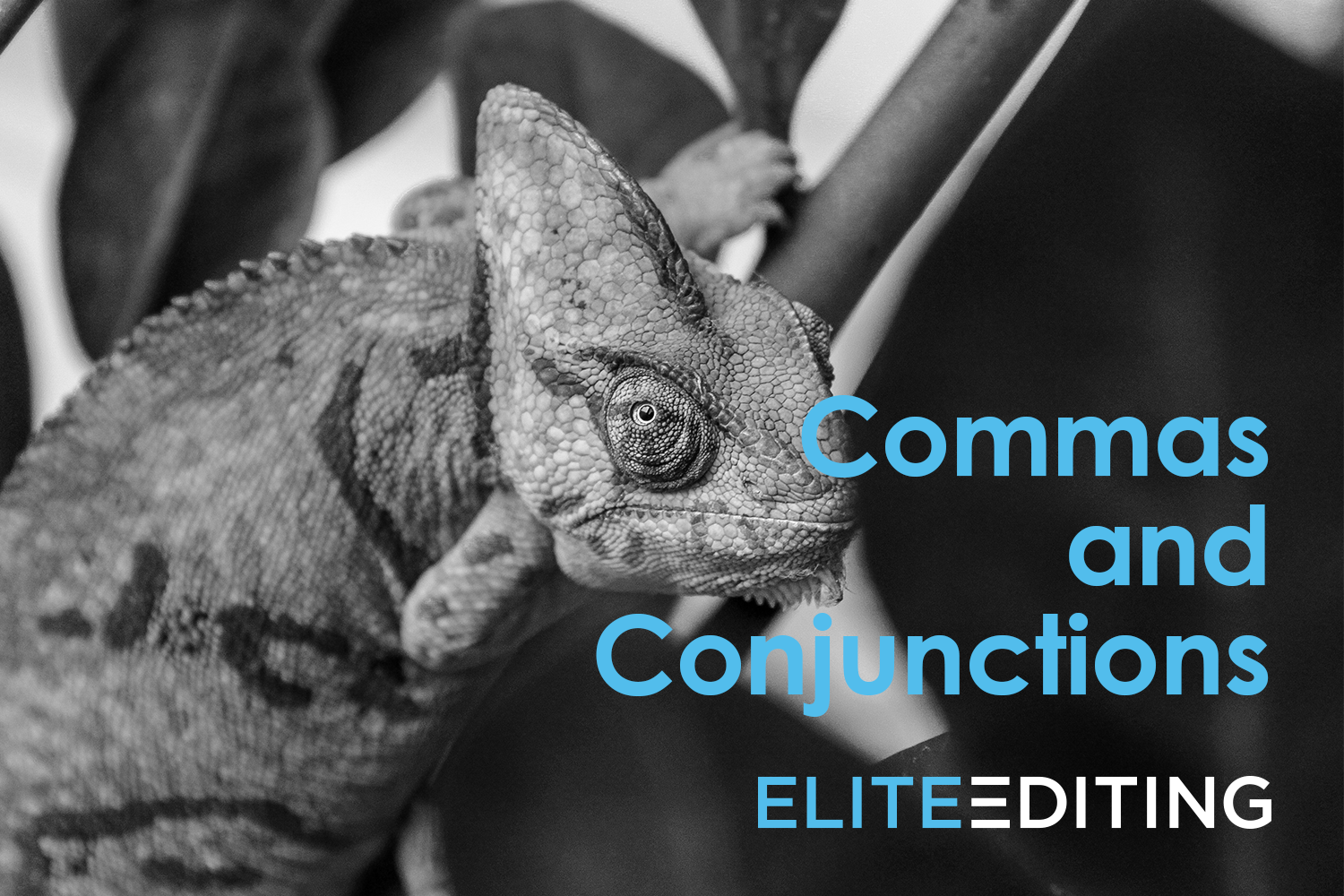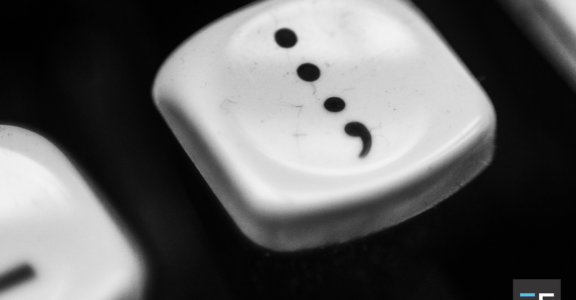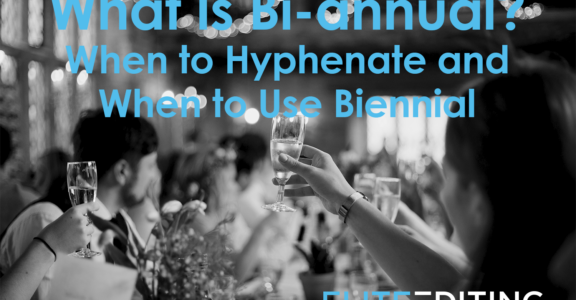No one wants to think too hard about comma use, but then you’re faced with a research paper or you have to write a company memo—and now you’re not sure how to punctuate it perfectly because commas can be complicated. Don’t fret! We’ve got you covered.
You know what commas do: they serve as tiny breaks to make sentences easier to read and understand. They’re also useful ways to signal certain types of information, like whether an appositive is restrictive or not. Still, commas are easy to overuse (see our post on how to avoid comma mistakes). One very common type of comma mistake appears while sorting out commas and conjunctions.
What exactly are conjunctions, and how do commas and conjunctions work together?
You can be completely familiar with conjunctions and comma use but still find it hard to pin down the rules. Is it comma before and or comma after and? Comma before but or comma after but? Should there be a comma before because or not? Comma rules can seem to change from sentence to sentence. Luckily, the rules don’t actually change; there are just different rules for different types of conjunctions and commas.
In this post, we’re going to walk through the different types of conjunctions, look at several conjunction examples, and learn where to place commas in relation to all of them. By the end of this post, you’ll have no trouble knowing when you should place a comma before and and when—or if—you should use a comma after and; whether your sentence should read “Do it because [comma] I said so” or “Do it [comma] because I said so” or neither. (Actually, it’s neither.)
Coordinating Conjunctions and Commas
A coordinating conjunction is a word that joins words or phrases of equal grammatical rank (e.g., two nouns or two independent clauses). Here’s a handy conjunctions list that illustrates how to remember the seven coordinating conjunctions. See it? The first letters make the acronym FANBOYS:
- for
- and
- nor
- but
- or
- yet
- so
You use a comma before a coordinating conjunction when
- the conjunction is joining two independent clauses, or
- the conjunction precedes the last element in a list of three or more items.
Comma before but
Here’s an example of a sentence containing a coordinating conjunction (note the comma before but):
- Jane is making dinner, but Josie is bringing dessert.
In the above sentence, Jane is making dinner and Josie is bringing dessert are both independent clauses (remember that an independent clause is a group of words that forms a complete thought and can stand alone as a sentence). But is the coordinating conjunction joining those two independent clauses together. Therefore, you place a comma after the first independent clause, before the conjunction.
A common question regarding coordinating conjunctions and commas is whether a comma should appear before or after but or and or any other conjunction. (In this instance, should there be a comma after but, or is the comma before but correct?). The rule is that when two independent clauses are joined by a conjunction, a comma should nearly always precede the conjunction (an exception is for very short and closely connected clauses). That is, like in the example above, there should be a comma before but, but there would never be a comma after but.
Comma before and
Here’s a similar example using a different conjunction:
- I threw the ball, and the dog chased it.
According to the rule we learned above, the comma before and is correct.
PRO TIP: It’s rare to see a comma after and or any other conjunction. You generally only use a comma after a conjunction when that comma is the first in a pair of commas setting off parenthetical information inserted into a sentence:
- I threw the ball, and, running quickly, the dog chased it.
- George knelt down and, his eyes full of tears, proposed to Kelly.
No comma before or after and (or any other conjunction)
Look at this sentence. What makes this sentence different from the previous example?
- John stopped and looked both ways before crossing the street.
In the above sentence, the coordinating conjunction and doesn’t connect two independent clauses (each with its own subject and verb). It links two verbs—stopped and looked—that both share the same subject: John. This is called a compound predicate. A common error is to place a comma before and in a sentence like this. After all, it’s a coordinating conjunction, and we just learned that a comma should precede a coordinating conjunction, so shouldn’t there be a comma before and in this sentence?
But there’s a different rule for compound predicates: there should be no comma before or after and or any other conjunction in a compound predicate. Because both verbs in the compound predicate belong to the same noun, there’s no need to place a comma before or after and.
Likewise, there should be no comma before and in a compound subject.
- Josie and Penelope had a lemonade stand.
The Oxford comma
The Oxford comma is also called the serial comma. This is the comma inserted before the final coordinating conjunction in a list of three or more items.
- Kevin threw rice, chicken, and beans into a wok.
- I couldn’t tell if I wanted to laugh, cry, or scream.
Subordinating Conjunctions and Commas
A subordinating conjunction joins a dependent (also known as a subordinate) clause and an independent clause. The rule here is simple. When the dependent clause precedes the independent clause, the entire clause ends with a comma. When the dependent clause follows the independent clause, there is usually no comma.
No comma before because
In the following sentence, the dependent clause follows the independent clause:
- Alice came inside because the rain wouldn’t let up.
In this sentence, because the rain wouldn’t let up is a dependent clause because its meaning depends on the independent clause Alice came inside. You might expect this sentence to include either “comma because” or “because comma” (people often place a comma before because in sentences like this), but notice that this sentence contains no comma at all. This is because the dependent clause is essential to the meaning of the independent clause, and the rule for a comma and a dependent clause is that if the dependent clause is essential to the meaning of the main clause, it should not be preceded by a comma. That’s why there’s no comma before because in this sentence.
When to use a comma with a subordinating conjunction
Here’s another example sentence:
- Because it had been raised in captivity, the rabbit wasn’t afraid of humans.
This sentence contains a comma and a dependent clause (Because it had been raised in captivity), and the subordinating conjunction is again because. But why does this sentence have a comma when the previous example didn’t? It’s a different sentence structure: the dependent clause precedes the independent clause (the rabbit wasn’t afraid of humans) rather than follows it. The rule for sentences in which the dependent clause precedes the main clause is that a comma should separate the two clauses. This makes the sentence easier to read. So, unlike the previous example, this sentence contains a comma because its dependent clause precedes the independent clause.
If you’re trying to decide whether you’re dealing with a subordinating conjunction, keep this common subordinating conjunctions list in mind:

Correlative Conjunctions and Commas
Correlative conjunctions are the most difficult conjunctions to understand and to punctuate correctly. They are conjunctions used in pairs to join two grammatically equal words or clauses that depend on each other to form a complete thought; sometimes they require a comma, but sometimes they don’t.
A comma with a correlative conjunction
Here’s a sentence in which a comma is needed:
- If you are late, then you will fail the class.
In this sentence, you are late and you will fail the class are independent clauses, and if…then is the correlative conjunction. Similar to the rule for coordinating conjunctions, the rule for a comma and a correlative conjunction is that commas should separate independent clauses when they’re joined by a correlative conjunction. So, the above example should include a comma because the correlative conjunction links two independent clauses.
No comma with a correlative conjunction
Aside from specific cases, such as when they separate independent clauses, correlative conjunctions usually don’t require commas. For example, in the following sentence, no comma is needed:
- I want not only a puppy but also a kitten.
This example contains a compound subject, a puppy and a kitten, and a correlative conjunction, not only…but also, joins the compound subject into one phrase. No comma should be used when a correlative conjunction joins a compound subject, and that’s why there is no comma before or after but in this example.
Here’s another conjunctions list containing common correlative conjunctions:
- as…as
- either…or
- both…and
- where…there
Conclusion
Commas can make your sentences much easier to read if you use them correctly, so it’s worth learning the rules for commas and conjunctions. Hopefully these conjunction examples have helped you understand the rules so that you can easily recognize tricky comma and conjunction situations like when to use a comma before or after and (or a comma before or after but), a comma before because, or no comma at all.








